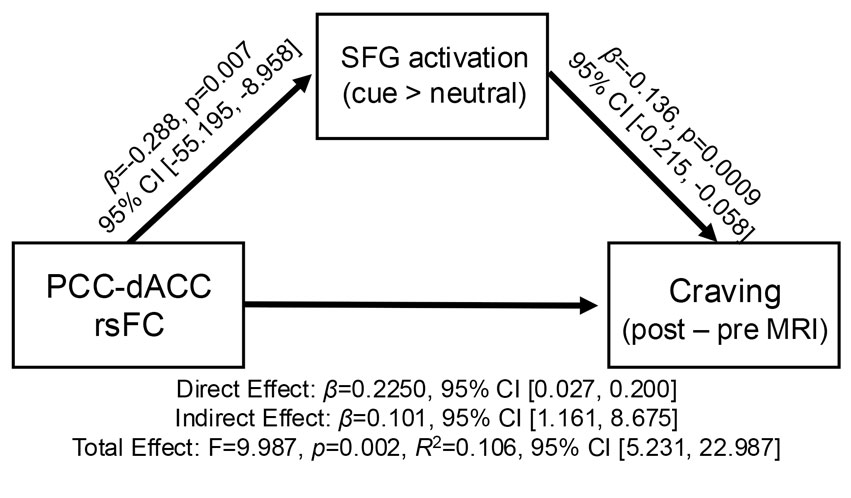Featured Paper of the Month – November 2025
Published in Neuropsychopharmacology by Laura Murray and Amy Janes of the NIDA IRP Cognitive and Pharmacological Neuroimaging Section.
Summary
Patterns of nicotine use have changed rapidly in recent years. This project tested whether brain and subjective responses to nicotine cues differed between individuals who smoke versus vape nicotine, and whether brain function at rest was related to how the brain responded to nicotine cues and how exposure to nicotine cues influences subjective craving. People who smoke or vape nicotine showed no differences in their brain responses and subjective craving responses to nicotine cues. Both groups showed strong brain responses to nicotine-related images, especially in networks involved in attention and internal focus. Individuals with greater connectivity between these networks at rest, and weaker prefrontal regulatory responses to cues, reported higher craving after exposure to nicotine cues. Together, these findings suggest that stronger intrinsic network coupling may limit the brain’s ability to regulate in the presence of salient nicotine cues, increasing susceptibility to nicotine craving across both smoking and vaping.
Publication Information
In: Neuropsychopharmacology, vol. 50, no. 6, pp. 983–990, 2025, ISSN: 1740-634X.


